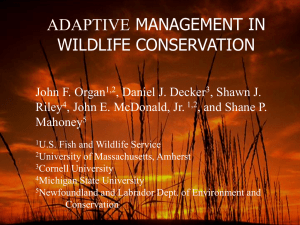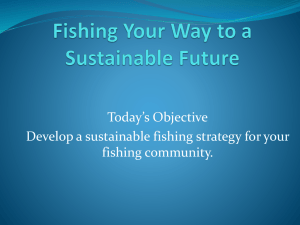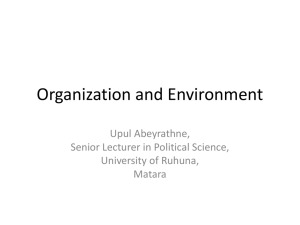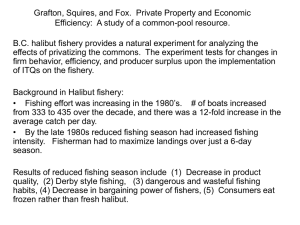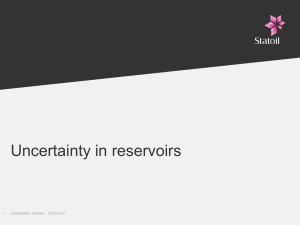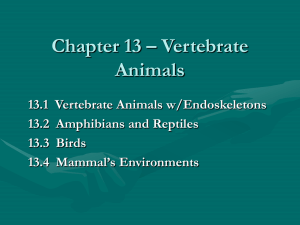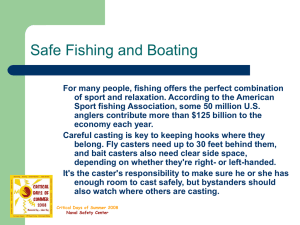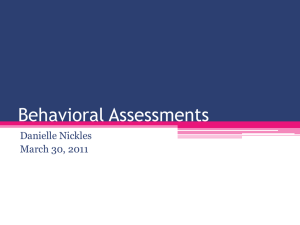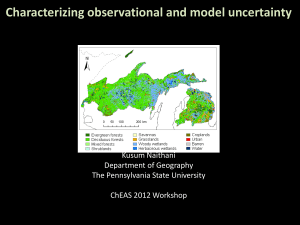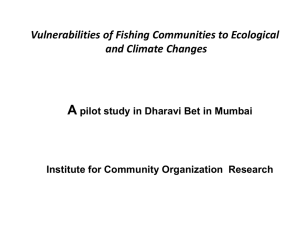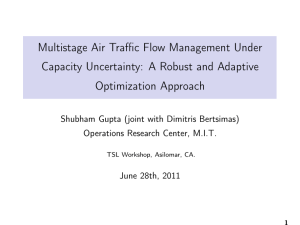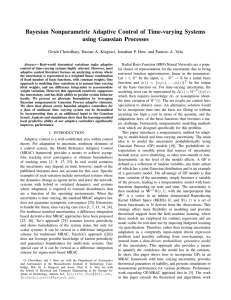Tools for Knowledge Elicitation
advertisement
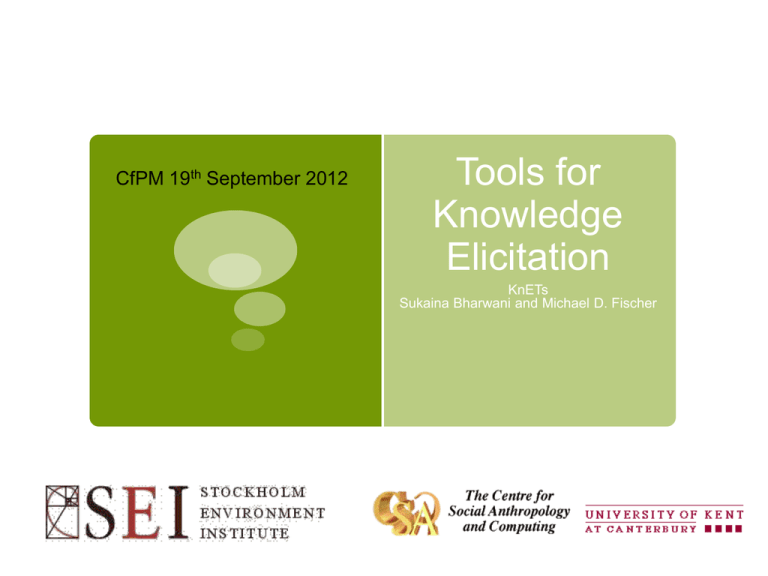
CfPM 19th September 2012 Tools for Knowledge Elicitation KnETs Sukaina Bharwani and Michael D. Fischer Key features Look at the multiple stresses that make up vulnerability, providing insights in the data collected and possibly new questions and areas of enquiry Access tacit knowledge, which is quite difficult otherwise Provide a way to formalize qualitative knowledge for use in more quantitative models. Provide some robustness to our fieldwork including verification and validation of knowledge Formalisation of field data using these methods is being planned in Cameroon in January on the basis of a detailed baseline vulnerability assessment carried out last year ABM Knowledge space exploration Sub stages involved in the process Knowledge elicitation can be a big bottleneck in the research process KnETs are tools which can automate parts of this process Rapid prototyping (Stage 2) Interactive questionnaire Identify salient aspects of knowledge domain Automatic rule creation (Stages 2 and 3 combined) Rule induction program (Stage 3 – now automated) The output of the data mining program creates decision trees of the form: if ( ATT1 >=3.0 then if ( ATT2 >=8.0 then ON ) ELSE OFF This is then interpreted by referring back to the mapping file: If (weather = warm) and If (economy = poor overseas production) then Grow vegetables Accessing tacit knowledge (Stage 4) “Is Soil type light?” “What is the crop?” Yes Oilseed “Is the climate warmer?” “What question when answered yes will distinguish Oilseed from Vegetables?” Yes “Is overseas production poor?” Yes “Under these conditions, I suggest growing Vegetables” “Am I correct? (yes or no)” No Is the strength of the US Dollar strong? “Now I can guess Oilseed” “Try again? (yes or no)” Learning program Stakeholders participate in pruning and refining resulting decision trees using a ‘learning’ program Pilot examples - Limpopo, South Africa Irrigation and farming in the UK Floating fisherman in the Mekong New Approaches to Adaptive Water Management under Uncertainty Ukrainian Tisza river basin Framing conditions New Approaches to Adaptive Water Management under Uncertainty Objectives of the Tisza study To apply and test the KnETs methodology in the Ukrainian part of Tisza river basin. To explore the determinants of decision making on flood protection issues in the context of climate change and the uncertainty associated with it. To investigate the potential of introducing ‘soft’ measures in a more or less ‘technically’ dominated flood protection system. New Approaches to Adaptive Water Management under Uncertainty The game New Approaches to Adaptive Water Management under Uncertainty The rules New Approaches to Adaptive Water Management under Uncertainty Decision-making heuristics New Approaches to Adaptive Water Management under Uncertainty Conclusions The application of the KnETs game methodology revealed the salient criteria and thresholds of decision-making by municipal representatives concerning ‘soft’ mitigation decision pathways in flood risk management. The resulting production rules shed light on what knowledge is used for decisionmaking and how different criteria are prioritised in these choices. At present, these areas are still highly dependent on individual households, social networks and the Church for support and therefore reinforcing these institutions would also provide greater stability and security for these communities in times of ‘high’ risk. This would appear to be a high priority for local government. What is most striking is that adaptation planning is not neglected due to a lack of knowledge of adaptation strategies but rather due to a lack of institutional and financial capacity to undertake these options to their maximum benefit. Ideally these needs could be addressed together and draw on the current strengths of the community. For example, the use of social networks, the Church and innovative information communication technologies could be drawn together to design a community-based flood early warning system. Incorporation of WEAP with KnETs Example of a tree Forecast – normal rainfall N Y Forecast – above normal rainfall Priority – crops in daily home use N Y N Y Forecast – below normal rainfall Y Grow Corn N Low/medium market demand N Y Rain comes in September Grow Sunflower Grow Rapeseed (i.e. high market demand) Y Grow Soya N Grow Rapeseed (i.e. rain comes in January) Can you sell fish? Y Example of a vine N Is fish catch good? Y Do fishing N Is there access to fishing grounds? If you recognize a vine rather N Is capital low/ debt to middleman high? Do farming N Y than a tree resulting from your game there are several things you can do. Y Is there a market for fish? Do farming Y N Y Do farming Do you have good fishing equipment? Continue fishing N re-shuffling of the decision trees rules you have so far using pen and paper. Are you in good health/ can you fish? Y This requires some thinking and Do farming N Stop fishing Turning a vine into a decision tree Generalize some of the criteria, i.e. put similar criteria together to eliminate redundancy (Gladwin 1989). Cluster the decision criteria logically in an order that is consistent with the decision-making of the stakeholder e.g. first criteria that ‘enable’ the decision, and then the ordering aspect that is ‘maximized’ in the decision. This means that all possible constraints are passed before the decision is taken. For example, in a tree that quickly proceeds to ‘fish’ or ‘don’t fish’, these emic criteria or constraints may be obscured (ibid.). Identify and eliminate decision criteria that belong in a logically prior (or later) decision, and put them in another tree (ibid.). Vines often occur instead of trees because the modeler does not realize that s/he has a series of trees to model not just one (ibid.). Next steps Controversy mapping Possible use of ‘Elimination by Aspects’ (Gladwin, 1976) methodology to make the process more generic and applicable in a range of socio-cultural and geographic contexts. Application in Cameroon as basis for agentbased model Mapping drivers to rules Mapping drivers to rules Alluvial graph Network graph Stream graph Thank you Feedback on method and/or collaboration in further case studies welcome!

